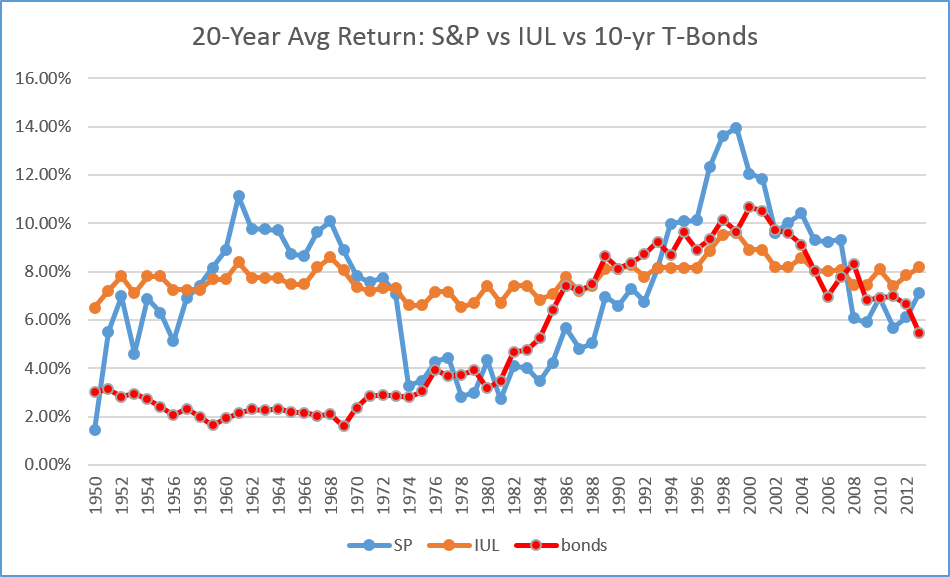A. In the low interest environment, investors are chasing high dividend paying stocks.
The S&P 500 Dividend Aristocrats Index selects companies in the S&P 500 that have increased their dividends every year for at least 25 consecutive years. It currently contains 53 companies diversified across the consumer staples, industrials, materials, health care, financials and consumer discretionary sectors. The companies in the index are equal-weighted, rather than weighted by market capitalization. It is reconstituted annually in January and rebalanced in April, July and October.
NOBL is the ticker of the ETF that tracks the S&P 500 Dividend Aristocrats Index. It was named ETF product of the year in 2014. Its 2014 return is 16%, better than S&P 500 index's 12%.



 RSS Feed
RSS Feed
